Deep beneath the frozen tundra of Alaska, inside crevices of ancient rocks, and buried in layers of seemingly lifeless dirt, extraordinary creatures are waiting. These aren’t mythical beings from science fiction—they’re real insects that have mastered the ultimate survival trick: turning their bodies into living time capsules. While most animals struggle to survive a harsh winter, these remarkable insects can remain dormant for years, decades, or even centuries, their biological clocks frozen in time until conditions become favorable again. Their survival strategies challenge everything we thought we knew about life’s limits and reveal nature’s most ingenious adaptations.
The Science Behind Insect Hibernation
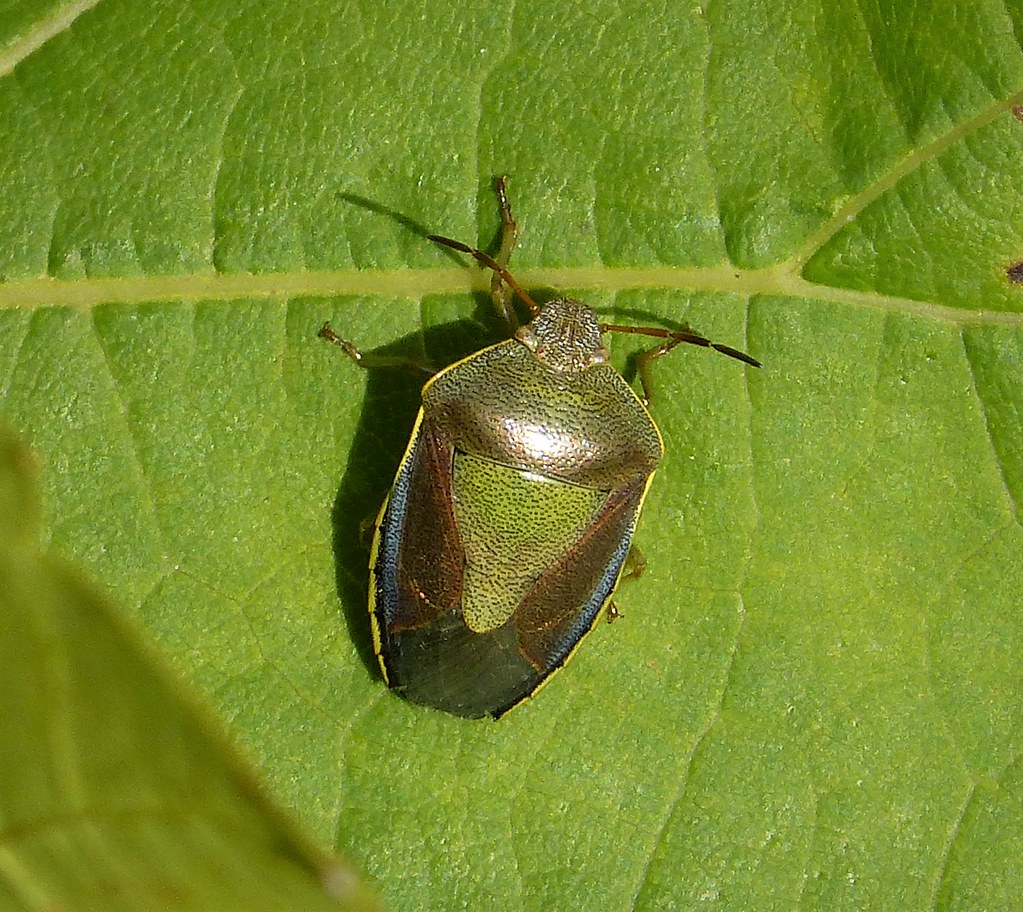
When scientists first discovered insects that could survive being frozen solid for extended periods, many dismissed it as impossible. The process these creatures use goes far beyond simple hibernation—it’s a complete biological shutdown called cryptobiosis, where all metabolic processes essentially stop. During this state, insects produce special proteins called cryoprotectants that act like natural antifreeze, preventing ice crystals from forming inside their cells and tearing apart their delicate internal structures.
The transformation is nothing short of miraculous. These insects can reduce their water content to as low as 5% of their body weight, essentially mummifying themselves while still alive. Their heart stops beating, their breathing ceases, and their brain activity becomes undetectable. Yet somehow, the spark of life remains, waiting for the right conditions to reignite their biological engines.
The Woolly Bear Caterpillar’s Frozen Kingdom
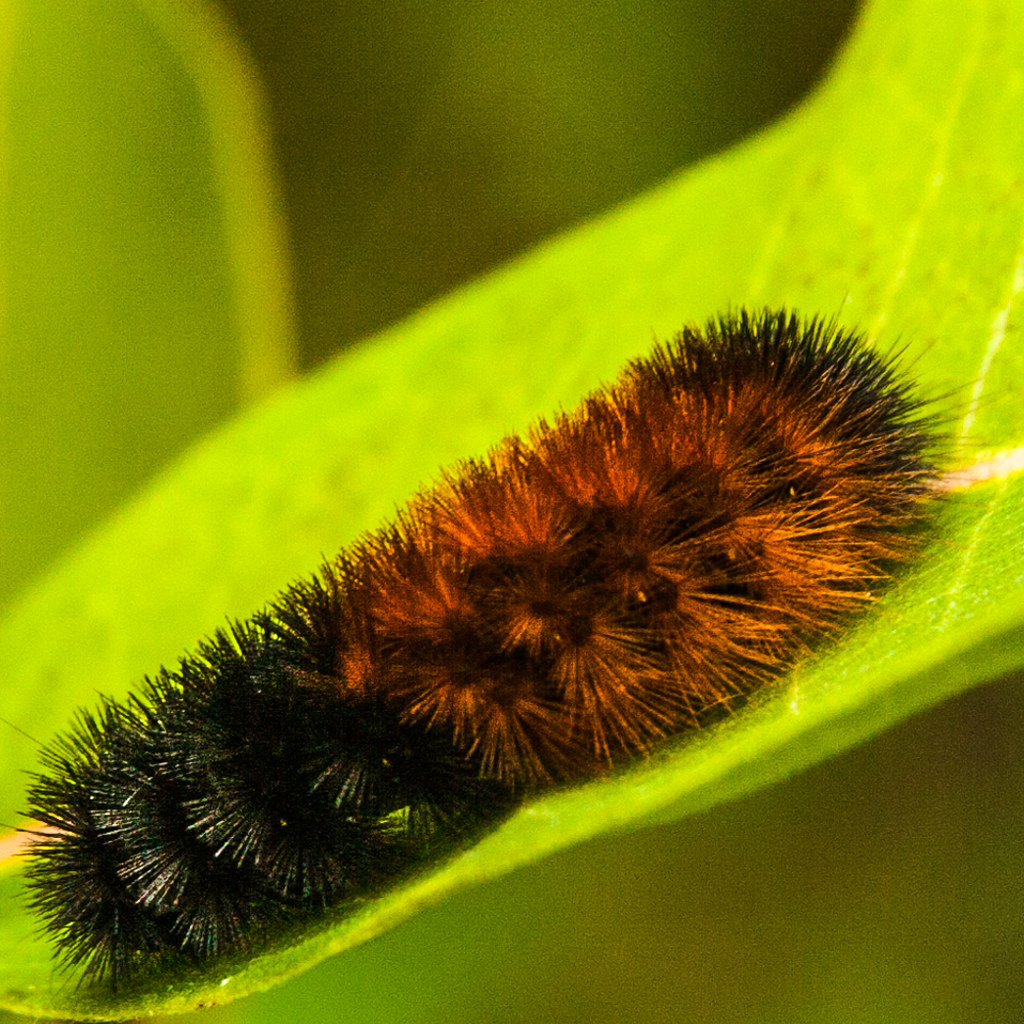
In the Arctic regions of North America, the woolly bear caterpillar (Pyrrharctia isabella) performs one of nature’s most spectacular vanishing acts. These fuzzy, brown-and-black striped caterpillars can survive being frozen solid for up to 14 years, their bodies becoming as hard as rocks in the permafrost. Each autumn, as temperatures plummet, they curl up under stones or burrow into the soil, allowing themselves to freeze completely.
What makes their survival even more remarkable is that they can thaw and freeze repeatedly throughout a single winter without any apparent damage. Scientists have observed these caterpillars surviving temperatures as low as -70°F (-56°C), conditions that would kill most other creatures within minutes. When spring finally arrives, they simply thaw out, finish their development, and transform into Isabella tiger moths as if nothing extraordinary had happened.
Arctic Ground Beetles: Masters of Ice Caves
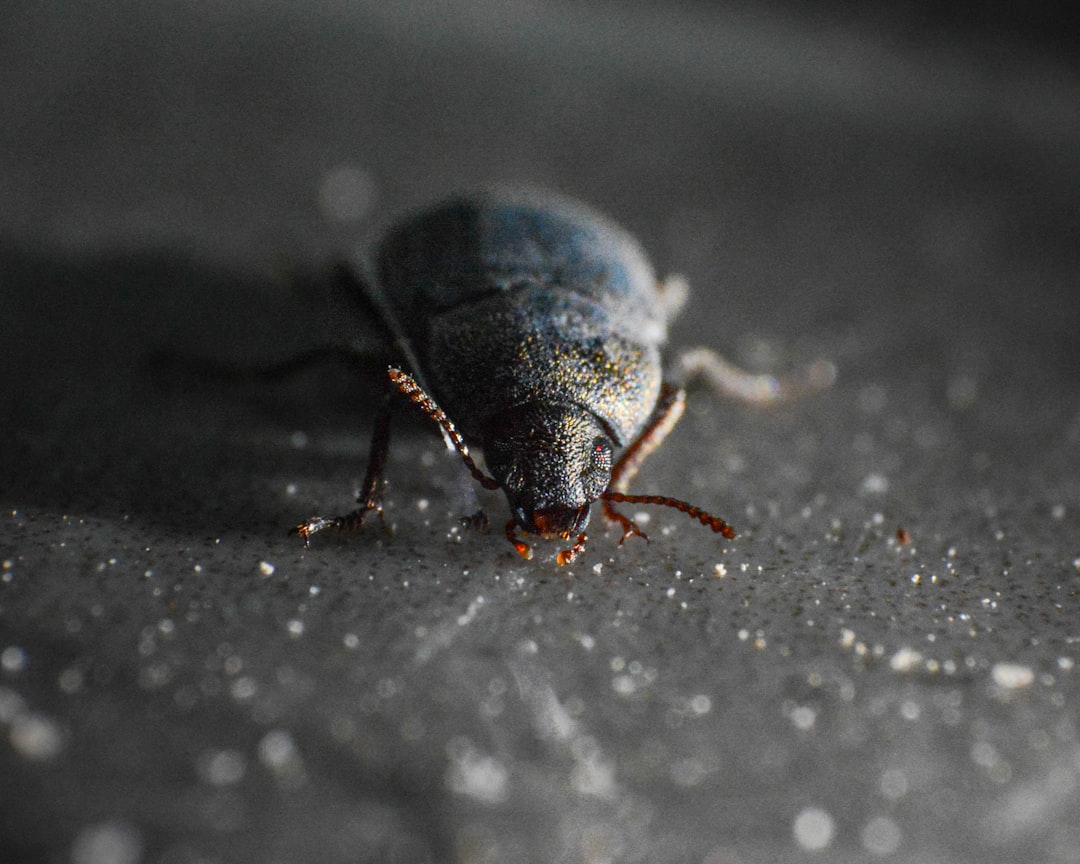
Hidden in the rocky crevices of Alaska and northern Canada live some of the most cold-adapted insects on Earth—Arctic ground beetles. These small, dark insects have evolved to thrive in environments where summer lasts only a few weeks and winter temperatures can drop below -40°F (-40°C). Unlike their temperate cousins, these beetles have extended their life cycles to span multiple years, with some species taking up to four years to complete their development.
During the long Arctic winter, these beetles seek shelter in rock crevices where they enter a state of suspended animation. Their bodies produce glycerol, a natural antifreeze that prevents ice formation in their tissues. Some species can survive being frozen for up to seven years, emerging only when the brief Arctic summer provides enough warmth and food to continue their life cycle.
The Mysterious Midge of Antarctica
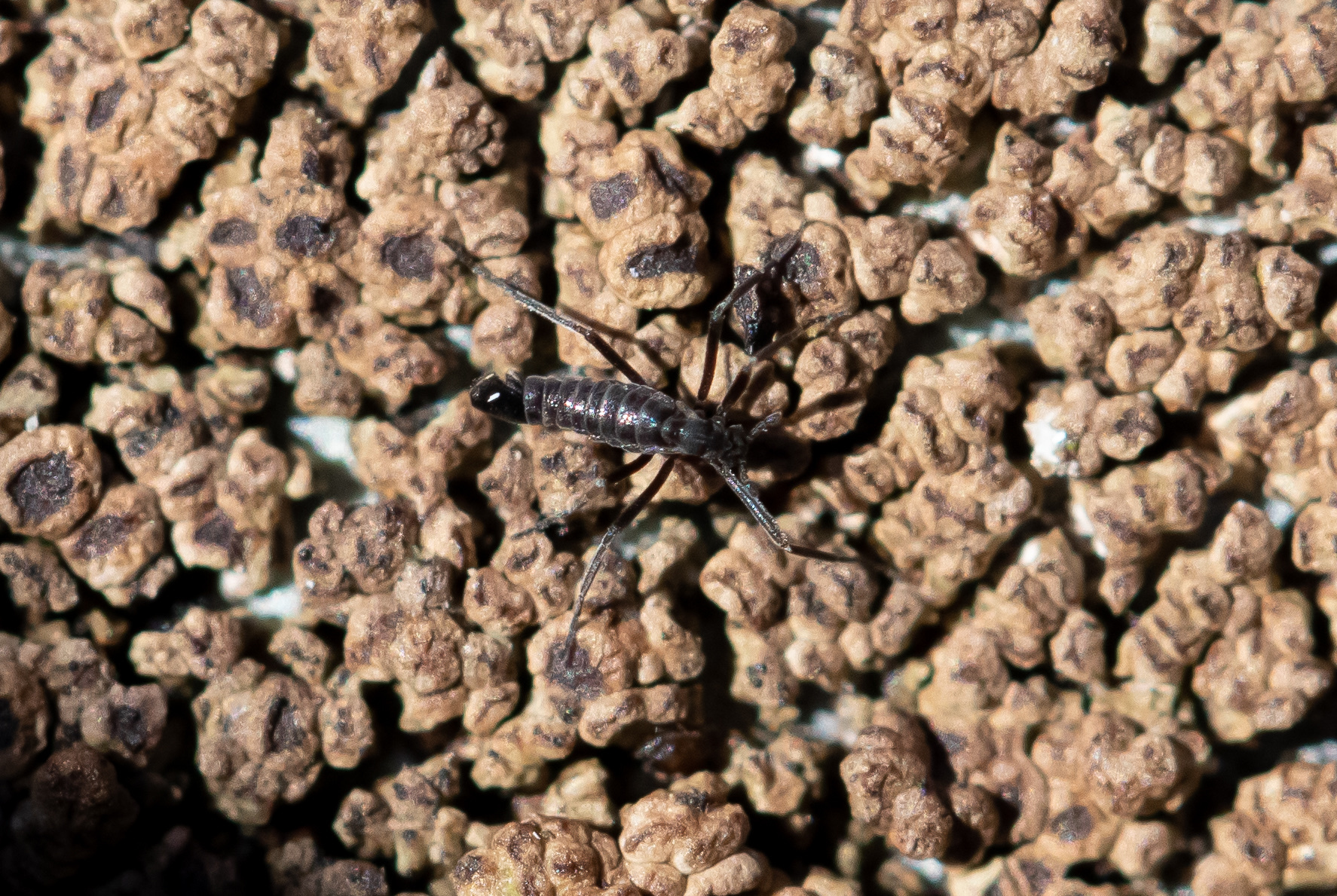
On the windswept shores of Antarctica lives perhaps the most extreme hibernator of all—the Antarctic midge (Belgica antarctica). This tiny, wingless insect is Antarctica’s largest native land animal, though it measures only about 6 millimeters long. What it lacks in size, it makes up for in sheer survival ability, capable of withstanding temperatures that would flash-freeze most other insects.
These remarkable midges spend most of their two-year life cycle in a state of suspended animation, frozen solid in rocky crevices or buried in moss. They can survive being completely desiccated, losing up to 70% of their body water, and can endure temperatures as low as -15°F (-26°C). When conditions are favorable, they emerge to mate and lay eggs, but their active period lasts only a few weeks out of their entire lifespan.
What makes Antarctic midges truly extraordinary is their ability to survive ultraviolet radiation levels that would be lethal to most other organisms. They’ve developed special proteins that repair DNA damage and can even photosynthesize like plants when food is scarce.
Sleeping Beauties: Moths in Mountain Caves
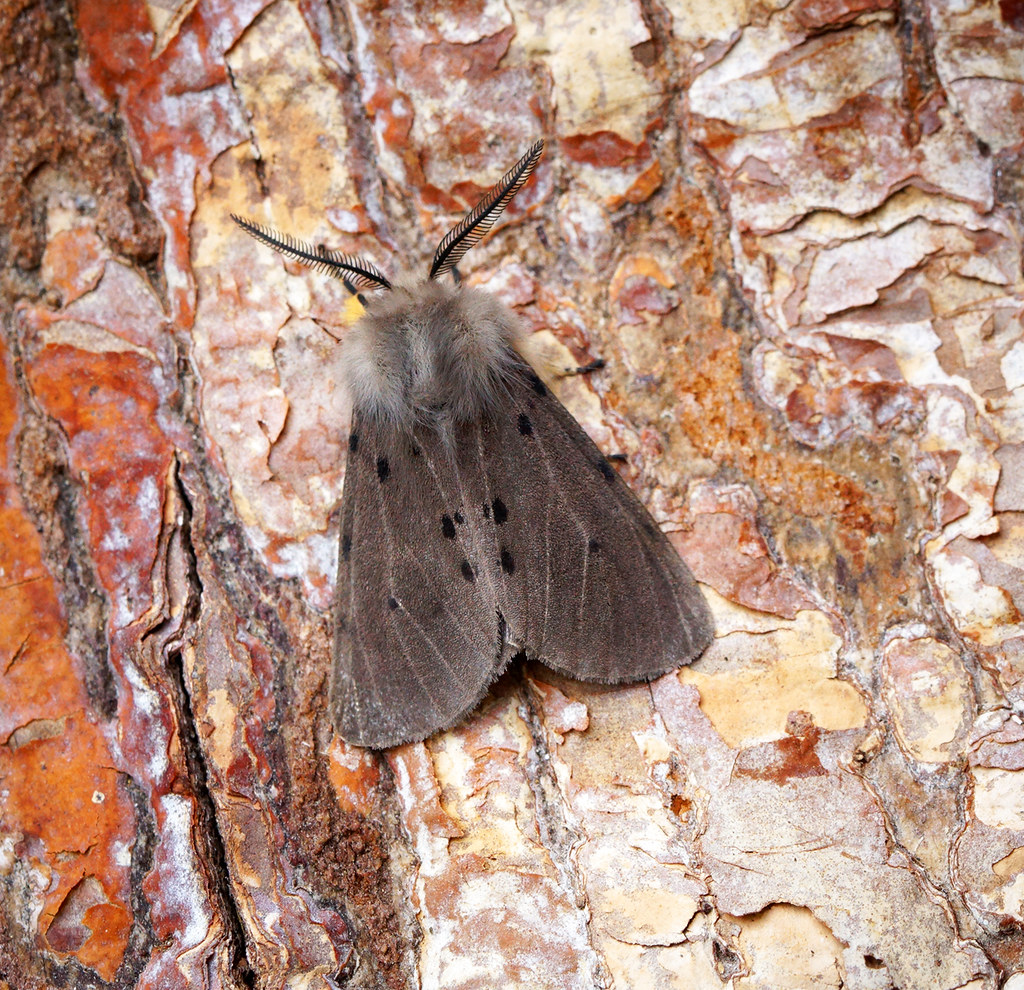
High in the Rocky Mountains and other mountain ranges around the world, certain moth species have discovered the secret to surviving brutal winters in rocky hideaways. These moths, including various species of cutworm moths, seek out caves and deep rock crevices where temperatures remain relatively stable throughout the winter months. Unlike their lowland relatives that migrate south, these hardy insects simply shut down and wait.
The hibernation process begins in late autumn when dropping temperatures trigger hormonal changes that slow their metabolism to nearly zero. Their bodies accumulate special sugars and alcohols that act as antifreeze, while their water content drops dramatically. Some species can remain in this state for up to three years, especially in high-altitude environments where favorable conditions may not return for extended periods.
Dirt Dwellers: Beetles That Bury Themselves Alive
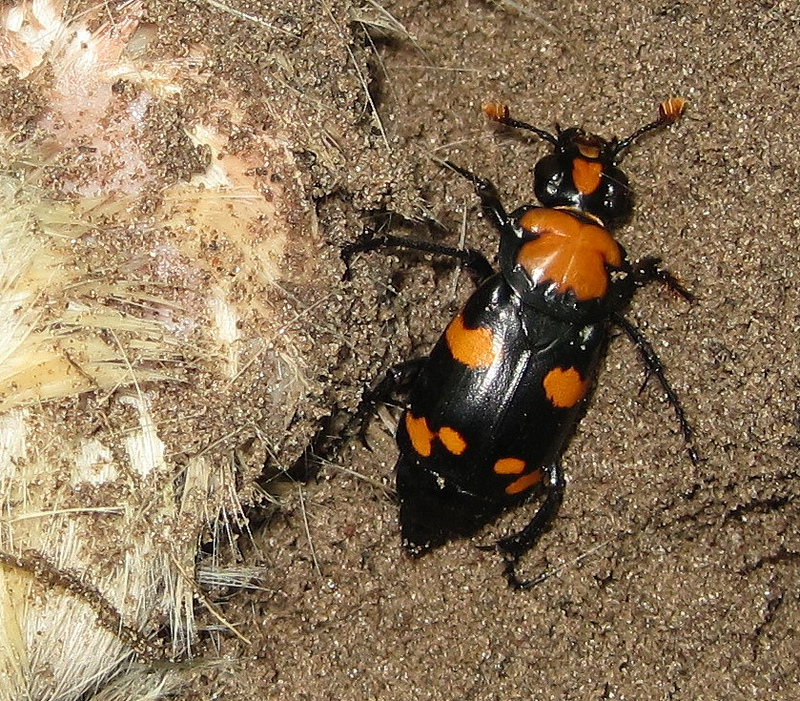
Beneath our feet, in the seemingly barren soil of northern forests and grasslands, countless beetles are playing the ultimate waiting game. Ground beetles, rove beetles, and other soil-dwelling species have mastered the art of surviving in dirt for years at a time. These insects don’t just burrow into the soil—they become part of it, their bodies adapting to the underground environment in ways that seem almost supernatural.
During their extended hibernation, these beetles can slow their metabolic rate to as little as 2% of normal levels. They position themselves in air pockets within the soil structure, creating tiny underground chambers where they remain perfectly still for months or even years. Their exoskeletons become incredibly hard, protecting them from the crushing weight of soil and the constant moisture that would normally cause decay.
Some species of ground beetles found in Siberian permafrost have been discovered alive after being frozen in the soil for over 30 years. When the permafrost melted due to climate change, these beetles simply walked away as if they had been asleep for just a single night.
The Incredible Gall Fly Phenomenon
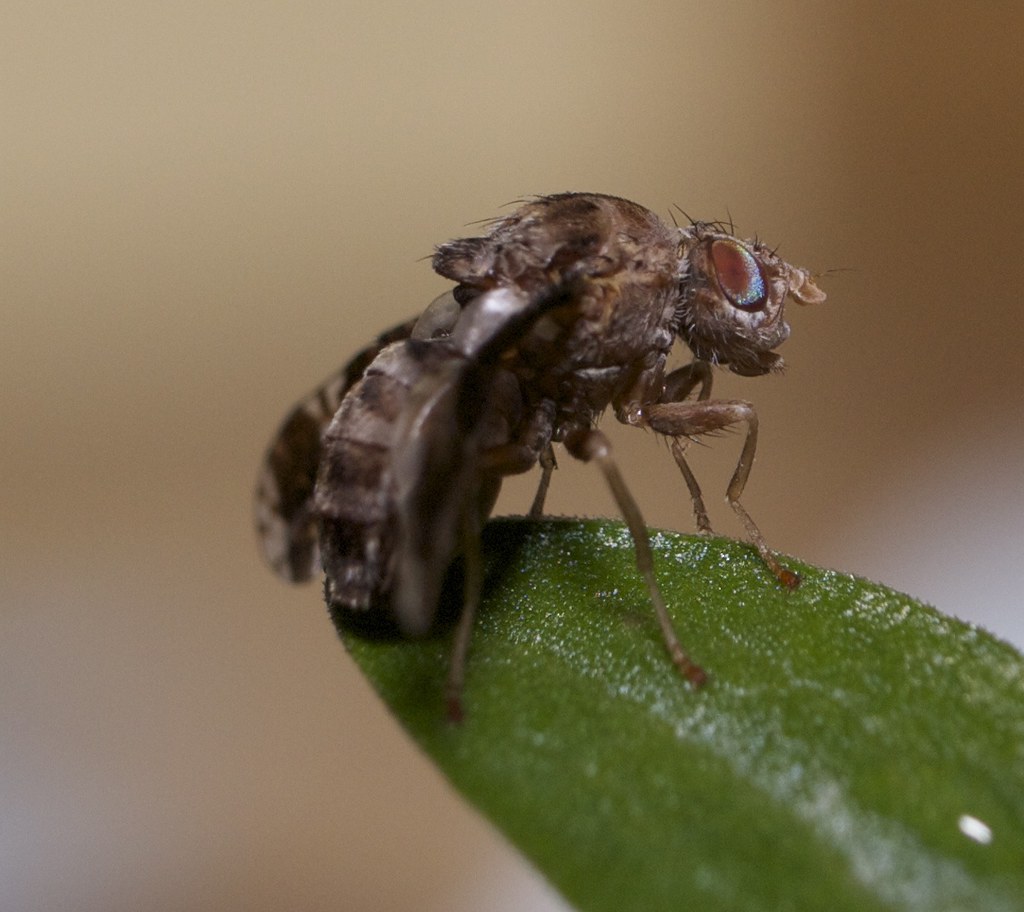
In the stems of goldenrod plants across North America, a tiny fly larvae performs one of the most remarkable survival feats in the insect world. The goldenrod gall fly (Eurosta solidaginis) creates a round swelling in the plant stem where it lives, but when winter arrives, this cozy home becomes a frozen tomb. The larvae can survive temperatures as low as -80°F (-62°C), making them among the most cold-tolerant insects known to science.
What makes these flies so extraordinary is their ability to produce multiple types of antifreeze compounds. They manufacture glycerol, sorbitol, and other cryoprotectants that can make up to 20% of their body weight. These natural antifreezes don’t just prevent ice formation—they actually allow the larvae to supercool their body fluids below the normal freezing point without forming deadly ice crystals.
The larvae spend the entire winter in this frozen state, their bodies hard as ice, yet somehow maintaining the spark of life. When spring arrives, they thaw out, complete their development, and emerge as adult flies, ready to start the cycle all over again.
Springtails: The Soil’s Secret Survivors

In forests around the world, millions of tiny creatures called springtails are performing daily miracles of survival. These primitive, wingless insects live in the soil and leaf litter, where they can encounter freezing temperatures, drought, and other harsh conditions. What makes springtails remarkable is their ability to enter and exit hibernation-like states repeatedly, sometimes multiple times within a single season.
Springtails have developed an incredible flexibility in their survival strategies. Some species can survive being frozen solid for months, while others can completely dehydrate and remain dormant until moisture returns. They produce trehalose, a sugar that acts as both an antifreeze and a desiccation protectant, allowing them to survive in environments that cycle between freezing and thawing.
In Arctic regions, certain springtail species have been found alive in permafrost that’s been frozen for thousands of years. These ancient survivors represent living links to prehistoric ecosystems, carrying genetic information that has remained unchanged for millennia.
The Chironomid Midge Marvel
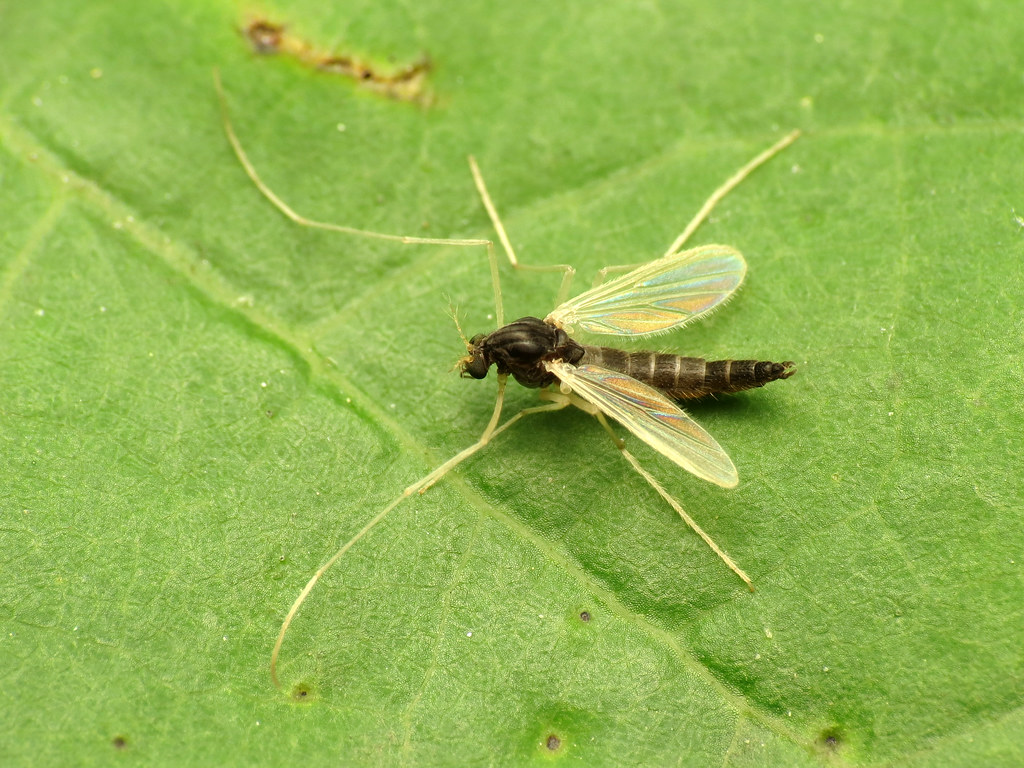
In the temporary pools and streams of polar regions, chironomid midges have evolved one of the most extreme survival strategies in the animal kingdom. These tiny flies can survive complete desiccation, losing nearly all their body water and entering a state called anhydrobiosis. In this condition, they can remain dormant for years, their bodies resembling tiny, shriveled husks that show no signs of life.
When water returns to their habitat, these seemingly dead insects miraculously spring back to life within minutes. Scientists have successfully revived chironomid larvae that had been stored in a dried state for over 17 years. The insects’ ability to repair massive cellular damage caused by desiccation has attracted intense scientific interest, as it could lead to breakthroughs in preserving biological materials and understanding aging processes.
These midges produce extraordinary amounts of trehalose, sometimes comprising up to 20% of their dry body weight. This sugar forms a glass-like matrix around their cellular structures, protecting them from the devastating effects of complete dehydration.
Burrowing Bees in Frozen Ground
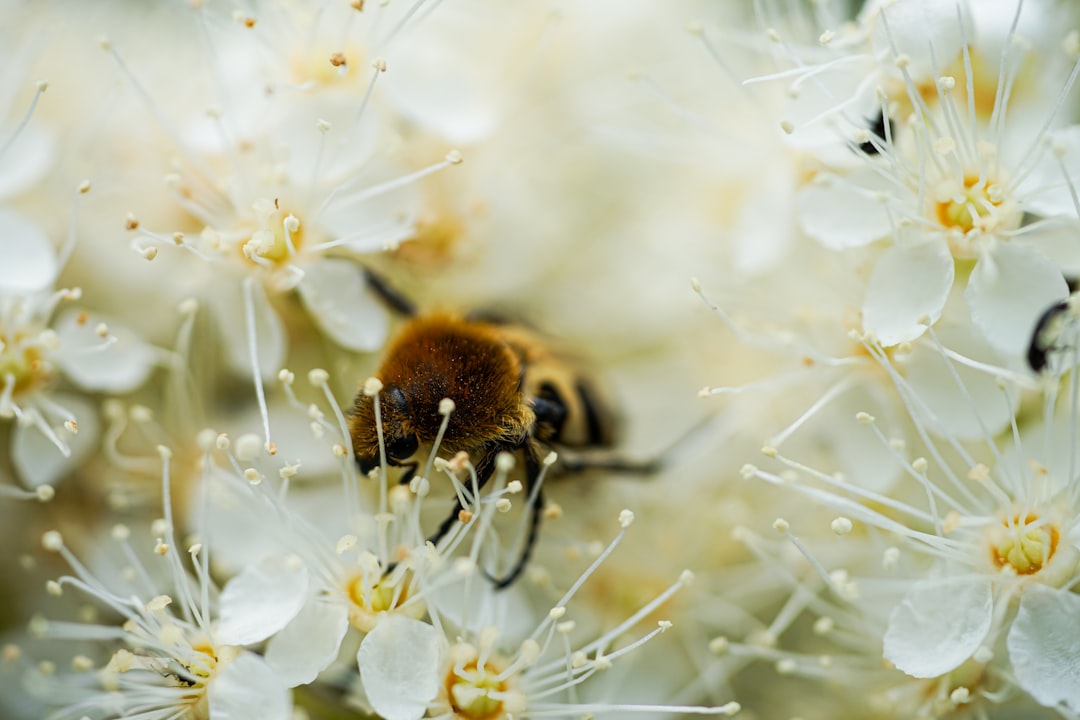
While most people think of bees as warm-weather creatures, many species have adapted to survive in some of the world’s coldest environments. Ground-nesting bees, including various species of mining bees and leafcutter bees, spend their winters buried deep in frozen soil, their bodies in a state of suspended animation that can last for years in extreme climates.
These solitary bees dig elaborate tunnel systems in the ground where they overwinter as pupae or adults. In permafrost regions, some species have evolved to extend their development over multiple years, remaining dormant in their underground chambers until conditions become favorable for emergence. Their tunnels can extend several feet underground, where temperatures remain more stable than at the surface.
The most remarkable aspect of these bees’ survival strategy is their ability to time their emergence perfectly with the brief flowering seasons of their host plants. After years of dormancy, they somehow know exactly when to emerge to coincide with the few weeks when their food sources are available.
The Fascinating World of Freeze-Tolerant Flies
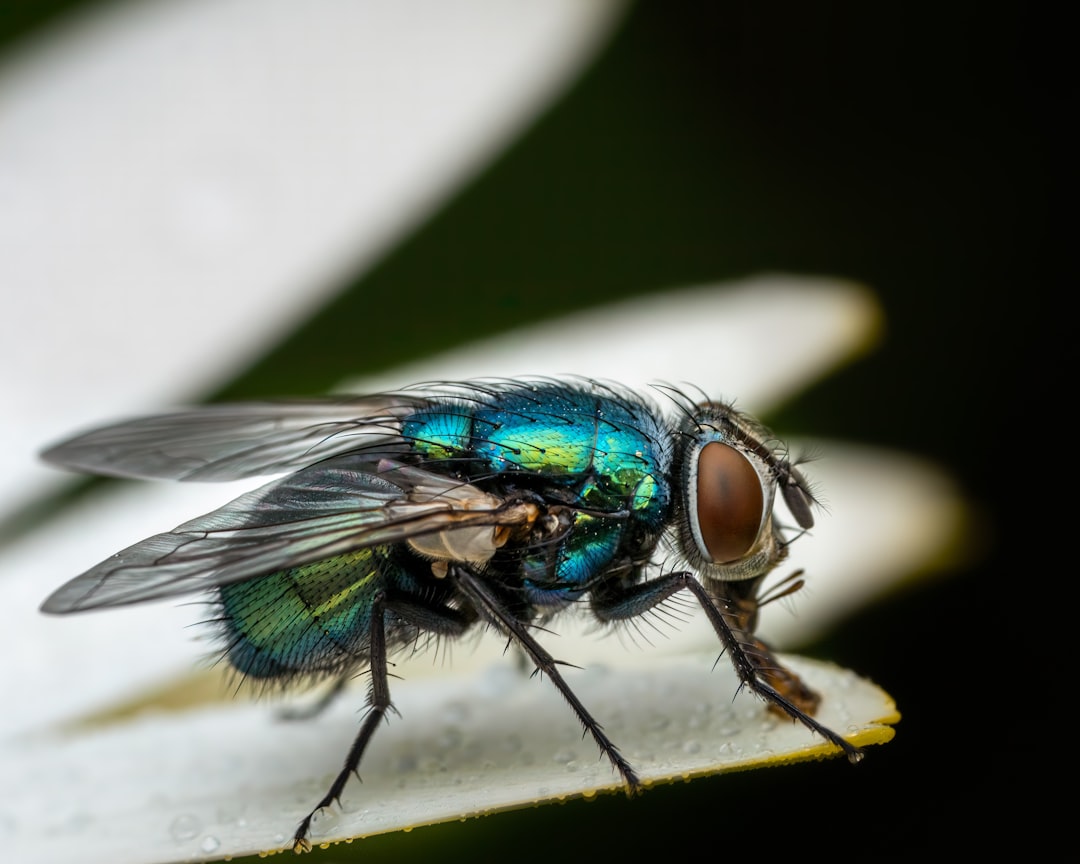
In the remote regions of the Arctic and high mountains, several species of flies have evolved remarkable abilities to survive being frozen solid for extended periods. These hardy insects, including various species of thick-headed flies and dance flies, can withstand temperatures that would kill most other organisms within minutes. Their survival depends on a complex biochemical process that essentially turns their bodies into biological glass.
During the freezing process, these flies produce enormous quantities of antifreeze proteins and sugars that prevent ice crystals from forming inside their cells. Some species can survive having up to 65% of their body water frozen solid, while their vital organs remain protected in a supercooled state. This adaptation allows them to survive in environments where temperatures can remain below freezing for eight months or more each year.
What’s particularly fascinating about these flies is their ability to recover from repeated freeze-thaw cycles. Laboratory studies have shown that some species can survive being frozen and thawed over 20 times without any apparent long-term damage to their cellular structures.
Ancient Survivors: Insects in Permafrost
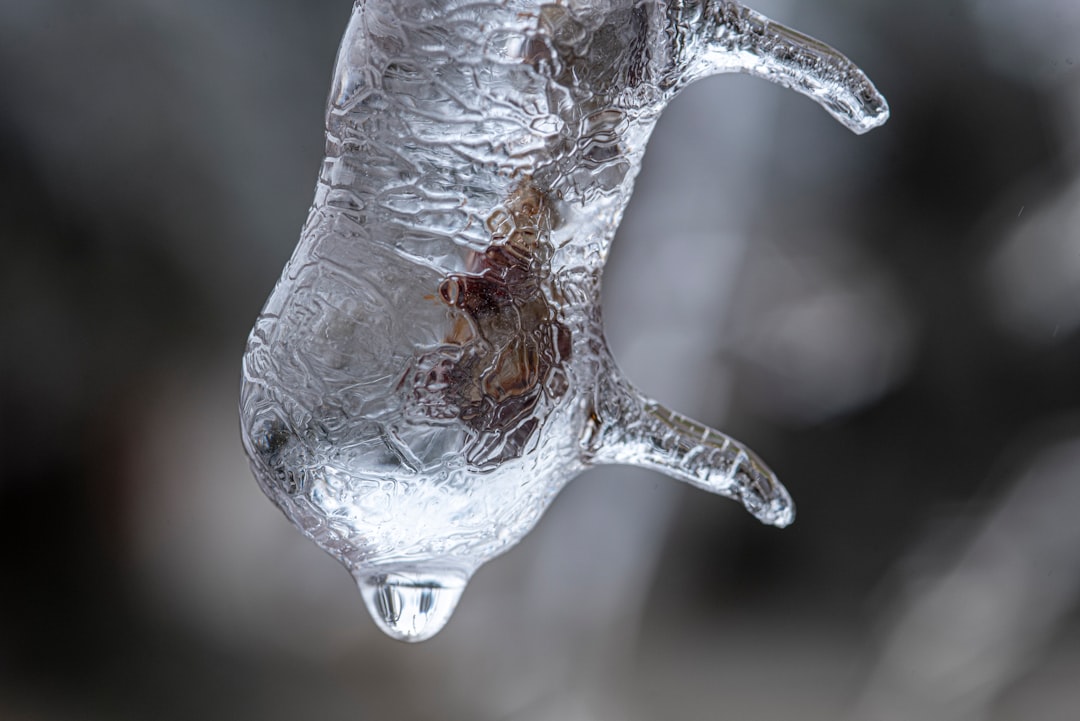
Perhaps the most incredible hibernation stories come from insects discovered in ancient permafrost, where they’ve remained frozen for thousands of years. Scientists studying permafrost cores in Siberia and Alaska have found living insects that have been frozen since the last Ice Age, preserved in perfect condition like biological time capsules. These discoveries challenge our understanding of how long life can remain viable in a dormant state.
The most famous case involves nematode worms found in 40,000-year-old permafrost, but similar discoveries have been made with insects. Some of these ancient creatures have been successfully revived after being frozen for over 30,000 years, suggesting that the upper limits of suspended animation may be far longer than previously thought. The implications for understanding life’s durability and the possibility of long-term space travel are profound.
These permafrost insects have provided valuable insights into past climates and ecosystems. Their perfectly preserved bodies contain genetic information that helps scientists understand how species have evolved and adapted to changing environmental conditions over geological time scales.
The Molecular Mechanics of Survival
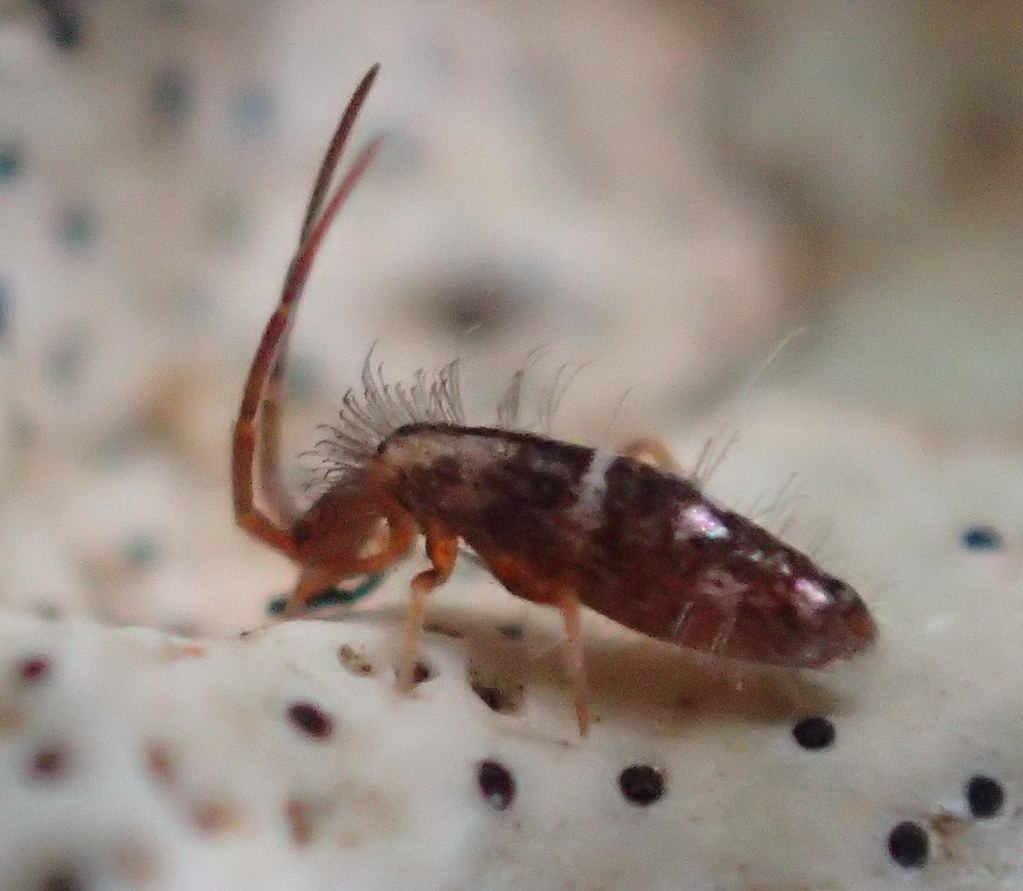
The secret to these insects’ incredible survival abilities lies in their sophisticated molecular machinery. When preparing for extended hibernation, these creatures undergo dramatic physiological changes that would be fatal to most other organisms. They produce specialized proteins called late embryogenesis abundant (LEA) proteins that protect their cellular structures from damage during dehydration and freezing.
These insects also manufacture unique lipids that keep their cell membranes flexible at extremely low temperatures. Without these adaptations, their cell membranes would become rigid and crack when frozen, causing immediate death. The production of these protective compounds is carefully timed and regulated by complex hormonal signals that respond to environmental cues like temperature and day length.
Perhaps most remarkably, these insects can repair extensive DNA damage that accumulates during their dormant periods. They possess enhanced DNA repair systems that become active when they emerge from hibernation, fixing genetic damage that would normally be lethal to other organisms.
Climate Change and Hibernating Insects
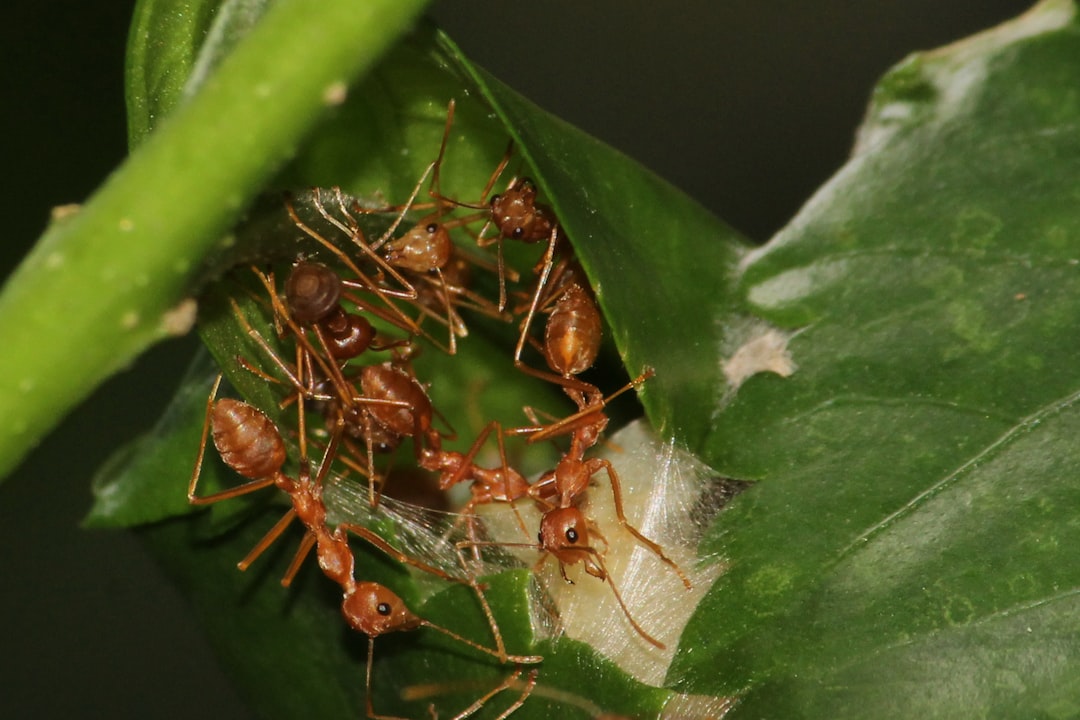
As global temperatures rise, the world of hibernating insects faces unprecedented challenges. Many species that have evolved to survive in stable, cold environments are now experiencing unpredictable temperature fluctuations that can disrupt their finely tuned hibernation cycles. Premature warming can cause insects to emerge from dormancy before their food sources are available, leading to starvation and population crashes.
The melting of permafrost regions is releasing ancient insects that have been dormant for millennia, potentially introducing prehistoric pathogens or genetic material into modern ecosystems. While this provides fascinating research opportunities, it also raises concerns about ecological disruption and the spread of unknown microorganisms.
Some hibernating insects are showing remarkable adaptability to changing conditions, altering their hibernation timing and duration in response to shifting climate patterns. However, the speed of current climate change may be too rapid for many species to adapt, potentially leading to the loss of these extraordinary survival specialists.
Conclusion
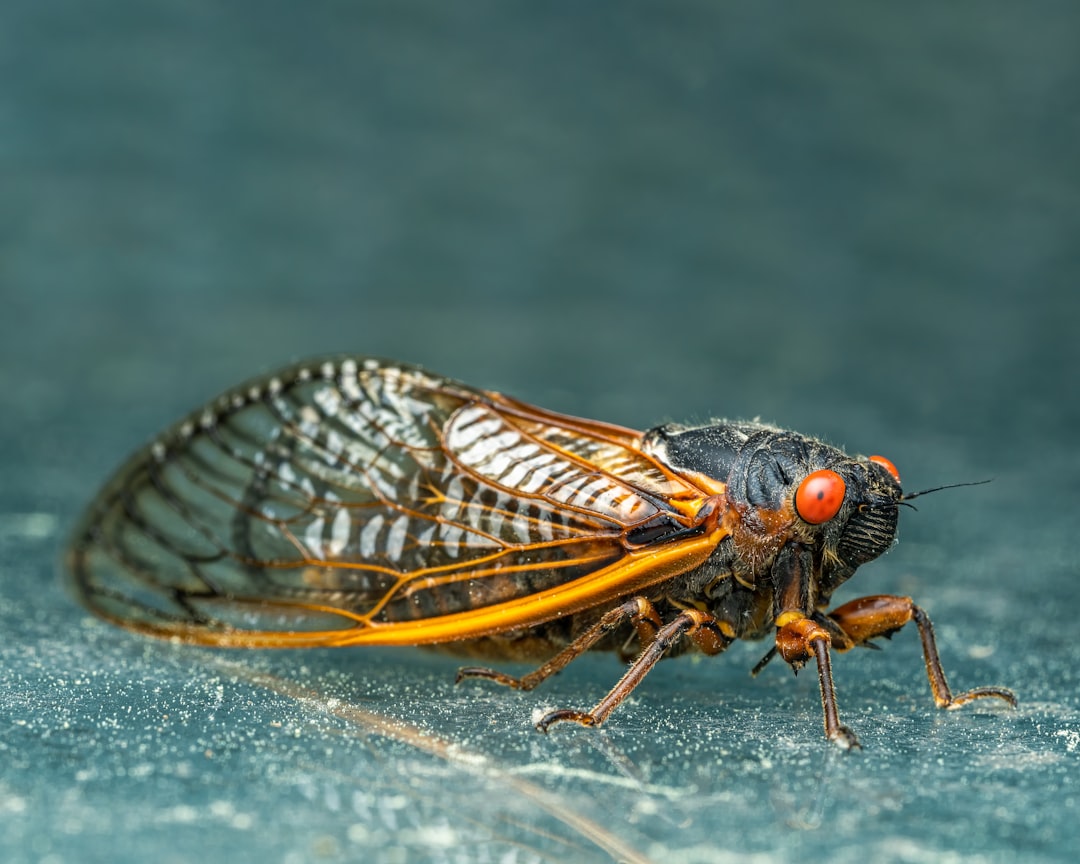
The world of hibernating insects reveals nature’s most extraordinary survival strategies, showcasing life’s incredible ability to persist in the face of seemingly impossible conditions. These remarkable creatures have mastered the art of suspended animation, turning their bodies into living time capsules that can endure for years, decades, or even millennia. From the woolly bear caterpillars frozen in Arctic permafrost to the ancient insects emerging from melting ice, these survivors represent the ultimate expression of biological resilience.
Their survival mechanisms offer profound insights into the limits of life itself and potential applications for human medicine, space exploration, and conservation efforts. As we face an uncertain future marked by climate change and environmental disruption, these hibernating insects serve as both inspiration and warning about the delicate balance required for life to persist.
The next time you walk through a winter landscape, remember the hidden world beneath your feet—countless insects waiting patiently in their frozen kingdoms, ready to emerge when conditions allow. What other secrets might these sleeping survivors reveal about the true nature of life’s endurance?
